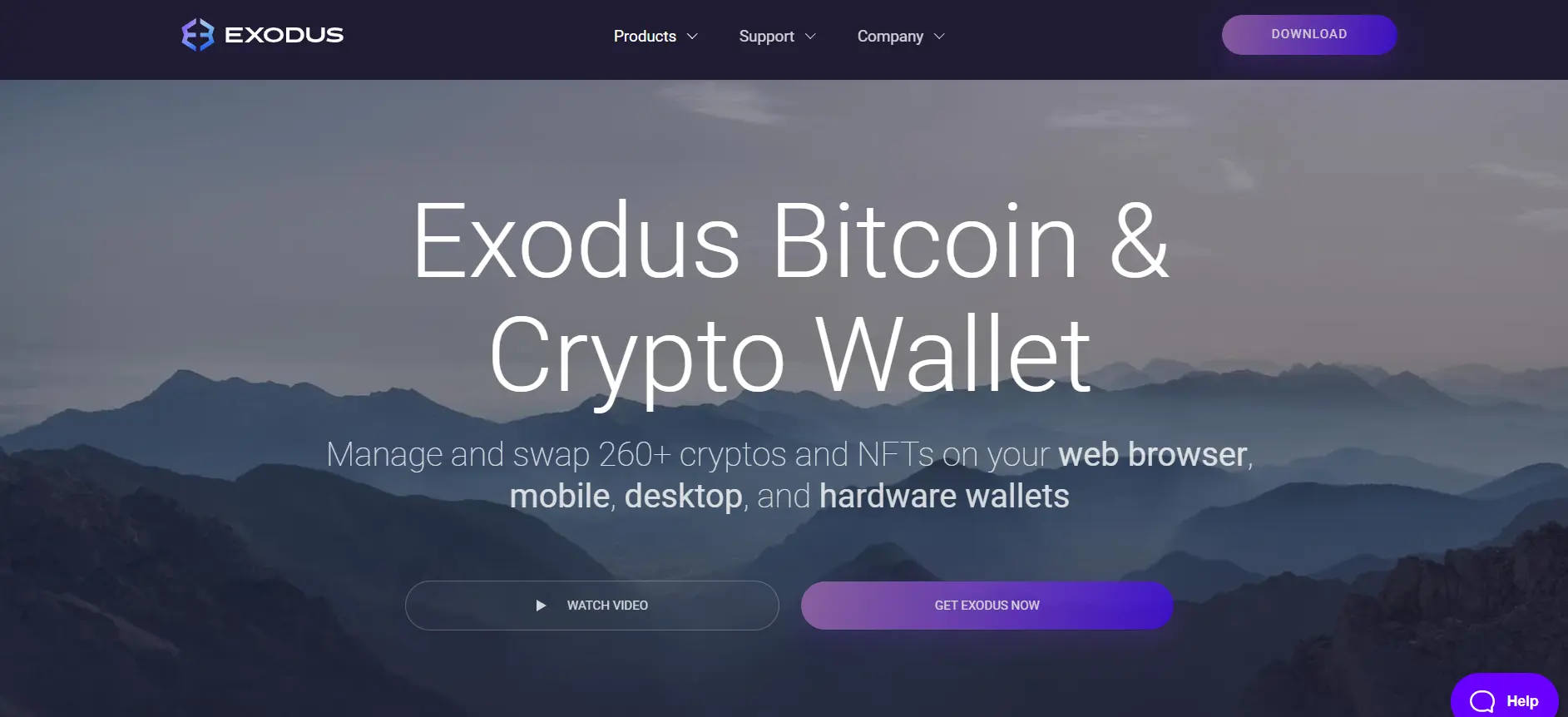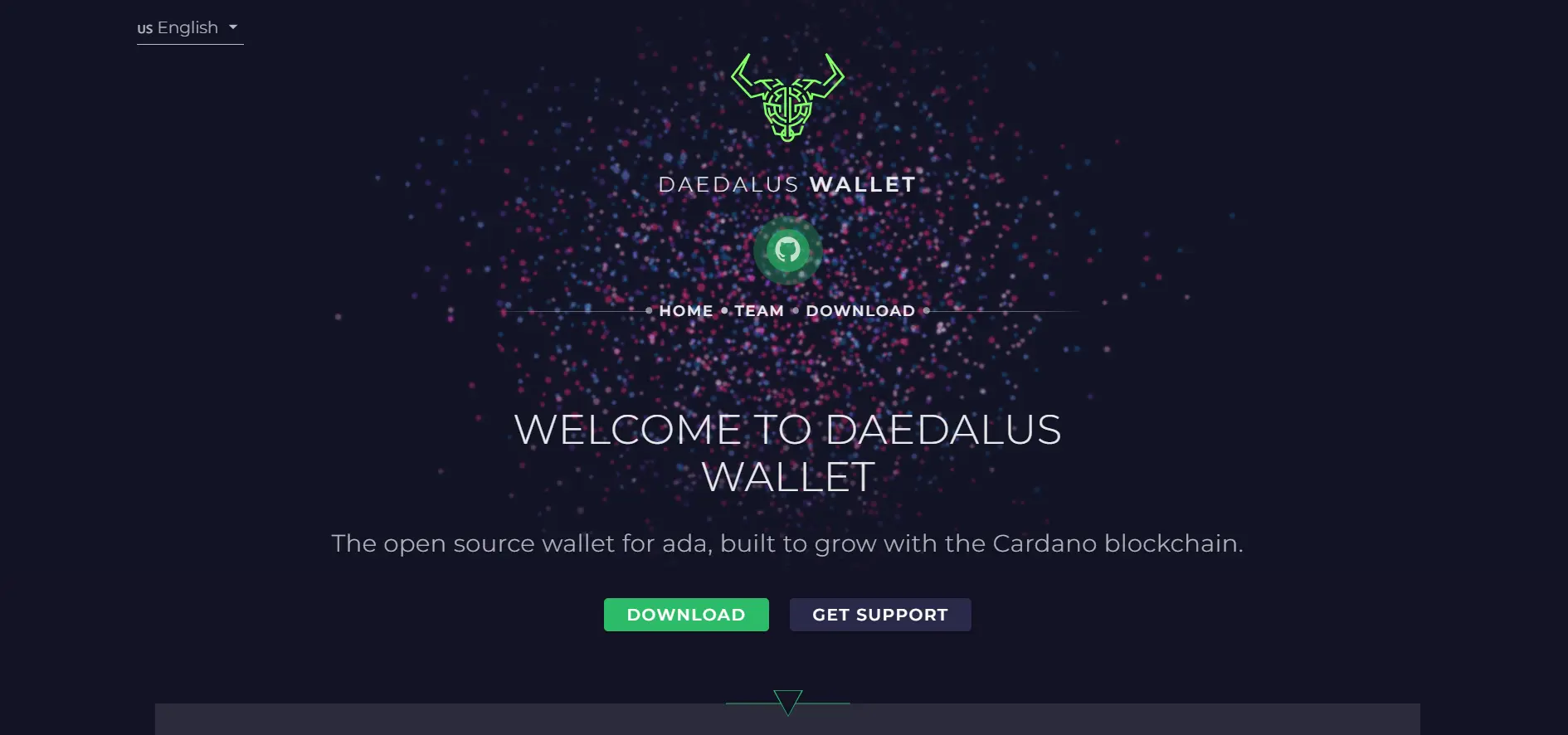Where & How to Stake Cardano (ADA) in 2023

crypto staking
With the increasing popularity of Proof of Stake (PoS) blockchains, staking has become a viable option for earning passive income. But the question remains: “How to stake Cardano?”
Users can earn rewards by delegating the process to Cardano staking pool operators using trustworthy crypto exchanges. This translates to no expensive mining rigs and earning a passive income, making it feel like free cash.
If you don’t know where to start, don’t worry—we’ve got you covered! This article will show you how it works and provide a guide on where and how to stake Cardano.
Let’s begin!
What is Staking?
Staking is a process that involves a user holding a certain amount of cryptocurrency in a wallet to participate in validating transactions on a blockchain network. This process, known as Proof of Stake (PoS), is an alternative to the traditional Proof of Work (PoW) method.
In a PoS system, validators, also known as nodes, are selected to create new blocks and validate transactions based on the amount of cryptocurrency they hold. The more cryptocurrency a validator holds, the higher the likelihood of being selected to create a new block and receiving a reward.
Validators have a significant incentive to behave fairly since they stand to lose their stake if they fail to validate fraudulent transactions promptly. This incentive serves as a security measure, reducing the risk of network attacks.
Staking is becoming increasingly popular because it’s an energy-efficient method of validating transactions compared to PoW, which requires extensive computing power. Additionally, staking allows greater decentralization, letting anyone with a stake in the network participate in the decision-making process.
Overall, staking is a critical component of the block’s functioning, ensuring network security and decentralization.
How Does Staking Cardano (ADA) Work?

Cardano is a blockchain platform that operates on a Proof of Stake (PoS) consensus algorithm. It was created by Charles Hoskinson, one of the co-founders of Ethereum, to build a more secure and sustainable blockchain network.
In Cardano’s PoS system, validators (or nodes) are responsible for creating and validating blocks. To become a validator, users must hold a certain amount of the platform’s native cryptocurrency, ADA, in a designated wallet. The more ADA a user holds, the higher their chances of being chosen as a validator and receiving rewards.
To participate in staking on Cardano, users must first delegate their stake to a validator node. You can do this through a designated wallet or a stake pool, a group of validators who combine their resources to increase their chances of being selected to validate transactions.
When a user delegates their stake to a validator, they do not give up ownership of their ADA. Instead, the currency remains in their wallet, and the validator is granted the right to validate transactions on their behalf. If the validator successfully validates transactions, they receive a reward, which they then share with the users who delegated their stake.
Cardano’s PoS system includes apenalty mechanism to prevent malicious behavior. Validators who act dishonestly, such as by validating fraudulent transactions or failing to validate them promptly, are penalized by losing a portion of their stake.
Staking on Cardano provides a more energy-efficient and decentralized method of validating transactions while also incentivizing honest behavior among validators.
Where & How to Stake Cardano (ADA)
To choose the best platform for staking Cardano, consider factors such as fees, reliability, and user experience. In the section below, we’ll go over some of the best platforms to help you make the best decision.
#1. Exodus

Exodus is a crypto wallet that lets users store, manage, and exchange various digital assets. Additionally, it offers a staking feature that allows you to earn rewards by holding certain cryptocurrencies.
The wallet currently supports staking for several cryptocurrencies, including Cosmos, Tezos, and Algorand.
To begin staking on Exodus, you need to download and install the Exodus wallet. Once the wallet is set up, you can deposit the cryptocurrency you want to stake by navigating to the “Earn” section.
From there, you can either delegate your stake to a validator or run your own validator node. Delegating to a validator is the simpler option and involves selecting a validator from a list of options Exodus provides.
Once you delegate your stake or set up a validator node, you begin earning rewards. Staking rewards are distributed periodically and vary based on the number of crypto stakes and the network’s performance. Users can view their staking rewards and track their progress in the “Earn” section of the Exodus wallet.
Here are the general steps for staking on Exodus:
- Download and install the Exodus wallet.
- Deposit the desired staking cryptocurrency into the wallet.
- Navigate to the “Earn” section and select the cryptocurrency you want to stake.
- Choose to delegate your stake to a validator or run your own validator node.
- Select a validator and choose the amount of your stake you wish to delegate. (If delegating)
- Ensure you have the necessary hardware and software requirements and set up your node. (If running your own node)
#2. Binance

Binance is a well-known cryptocurrency exchange that provides users with the ability to buy, sell, and trade various digital assets. The platform offers staking services for certain cryptocurrencies, allowing you to earn rewards by holding your assets in a Binance wallet.
To begin staking on Binance, you must first sign up for an account and complete the necessary verification requirements. Once your account is set up, navigate to the “Earn” section of the Binance platform and select the cryptocurrency you’d like to stake.
Binance offers two types of staking options: flexible and locked staking. With flexible staking, users can withdraw their staked assets at any time, while locked staking requires users to lock their assets for a specific time period in exchange for bigger rewards.
To participate in flexible staking, you simply need to choose the desired crypto and the amount you wish to stake. You can then begin earning rewards, which are distributed daily.
Locked staking requires you to specify the amount of crypto you want to stake and the lock-up period. Once the lock-up period ends, you can choose to either withdraw their assets or continue staking. Locked staking typically offers higher rewards, but carefully consider the lock-up period and the associated risks before making any decisions.
Aside from staking rewards, Binance provides additional earning opportunities, such as savings accounts and lending services. These options enable you to earn interest on your cryptocurrency holdings and can be a helpful way to create a passive income.
Here are the general steps to follow when staking on Binance:
- Sign up for a Binance account and complete the necessary verification requirements.
- Head to the “Earn” section on the Binance platform.
- Choose the cryptocurrency you want to stake and the staking option (flexible or locked).
- Indicate the cryptocurrency amount you wish to stake and any relevant details.
- Start earning!
#3. Yoroi

Yoroi is a lightweight cryptocurrency wallet for Cardano that lets users store, manage, send, and stake their ADA to earn rewards. Staking on Yoroi is a simple process you can do in just a few steps.
To start staking on Yoroi, you must download and install the Yoroi wallet from either the Chrome or Firefox stores. Once the wallet is set up, you can deposit the amount of ADA you want into it.
Once the funds are available, Yoroi users have two options: delegate their stake to a validator or run their own validator node. Delegating to a validator is easier, and you can choose from a list provided by Yoroi. You can then select the amount you want to delegate and confirm the transaction.
Running a validator node is a more complex option, suitable for tech-savvy users. As with previous wallets, you’ll need good hardware and software options, set up your node and configure it to connect to the appropriate blockchain network.
Staking rewards are distributed periodically and vary depending on the amount of crypto staked and the network’s performance. You can view your staking rewards and track your progress in the Yoroi wallet.
#4. Daedalus

Daedalus is a crypto wallet where you can manage your ADA. You can stake on this wallet by either delegating your stake to a validator or running your own validator node.
If you want to stake on Daedalus, you have to download and install the wallet from the official Cardano website, deposit ADA, and choose between delegating to a validator or running your own node.
Delegating to a validator is always an easier option, and the process is the same as with other wallets—you can select a validator from a list of options Daedalus provides and confirm the transaction. Of course, if you have more technical knowledge, you can opt to run a validator node yourself.
Rewards are distributed periodically, and they depend on the amount of crypto staked and the network’s performance. Naturally, you can track your progress and rewards on the wallet.
Daedalus offers additional features such as a transaction history tracker, a QR code scanner, and the ability to connect to hardware wallets for added security.
To sum up, here are the steps to follow when staking on Daedelus:
- Download and install the Daedalus wallet from the official Cardano website.
- Deposit the amount of ADA you want into the Daedalus wallet.
- Either delegate your stake to a validator or run your own validator node.
- If delegating, select a validator, choose the amount of stake you want to delegate and confirm the transaction.
- Keep track of your staking rewards and progress in the Daedalus wallet.
Benefits of Staking Cardano

Here are the benefits of staking Cardano:
- Decentralization. Staking on Cardano allows anyone with a stake in the network to participate in the decision-making process, promoting greater decentralization. This makes the network less vulnerable to cyber-attacks and less likely to be controlled by a single entity.
- Energy efficiency. Unlike the traditional Proof of Work method, staking is a more energy-efficient way of validating transactions. This makes staking on Cardano more sustainable and environmentally friendly.
- Incentivizes honest behavior. Validators who act dishonestly are penalized by losing a portion of their stake. This incentivizes validators to behave honestly, ensuring network security.
- Accessibility. Staking Cardano is accessible to anyone with a stake in the network, regardless of technical expertise. This makes it easy for users to participate in the network and contribute to its security and decentralization.
- Rewards. If you’re staking Cardano, you can earn rewards for participating in the network. These rewards are distributed to users who delegate their stake to a validator, providing a passive income stream.
Cons of Staking Cardano
Of course, with pros, there have to be some cons that you should be aware of, such as:
- Lack of liquidity. When a user delegates their stake to a validator, their ADA islocked up for a certain period, which can disadvantage users who need access to their ADA for other purposes.
- Slashing risk. The penalty mechanism in Cardano’s PoS system can discourage risk-averse users, as it introduces the possibility of losing a portion of their stake as a penalty for dishonest behavior.
- Variable rewards. Staking rewards on Cardano arenot guaranteed and can be affected by various factors, such as the amount of staked ADA and the competition among validators. This can result in lower-than-expected rewards for some users.
- Technical complexity. While staking Cardano is accessible to anyone with a stake in the network, it still requires a certain level of technical knowledge and expertise.
Key Takeaways
Staking Cardano is a great way to earn passive income and contribute to decentralization and the network’s security. It’s accessible and environmentally friendly, but there are risks like the lack of liquidity, variable rewards, and the possibility of losing a portion of your stake. Technical knowledge is usually a must for staking.
In short, staking on Cardano is a smart investment for anyone looking for a source of passive income. With proper research, you can gain a lot from this process. Whether you’re a long-term investor or here for a short time, choose a reputable and secure platform so you can participate in the Cardano network and earn rewards.
How to Stake Cardano FAQ
What is the best way to stake Cardano?
The best way to stake Cardano is to download a staking-enabled wallet like Daedalus or Yoroi, deposit ADA, and delegate your stake to a validator.
How profitable is staking Cardano?
Staking Cardano can be profitable, with rewards typically ranging from 4% to 6% annually. However, staking involves risks, and rewards are not guaranteed. That’s why you should consider these risks and do your research on the topic before staking.
How should I choose a stake pool?
When choosing a stake pool, consider the pool’s performance, fees, and reliability. Choose a pool with high performance, low fees, and a good reputation. Look for pools with a diverse group of stakeholders. Research different options online and through community forums.